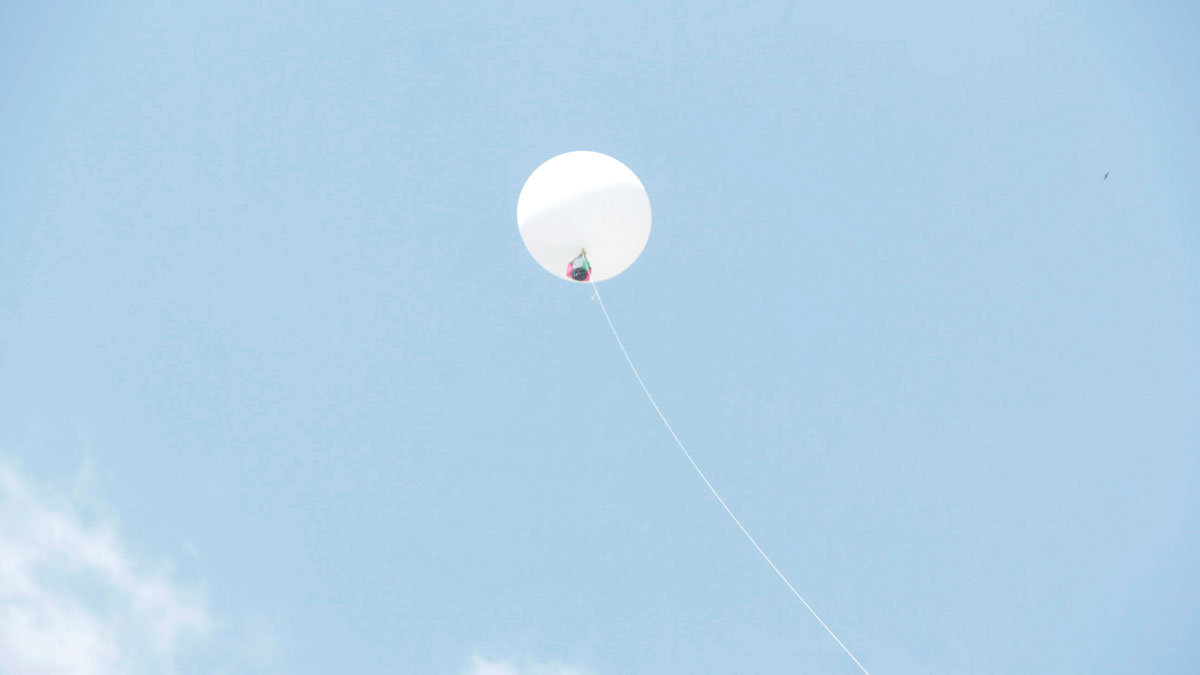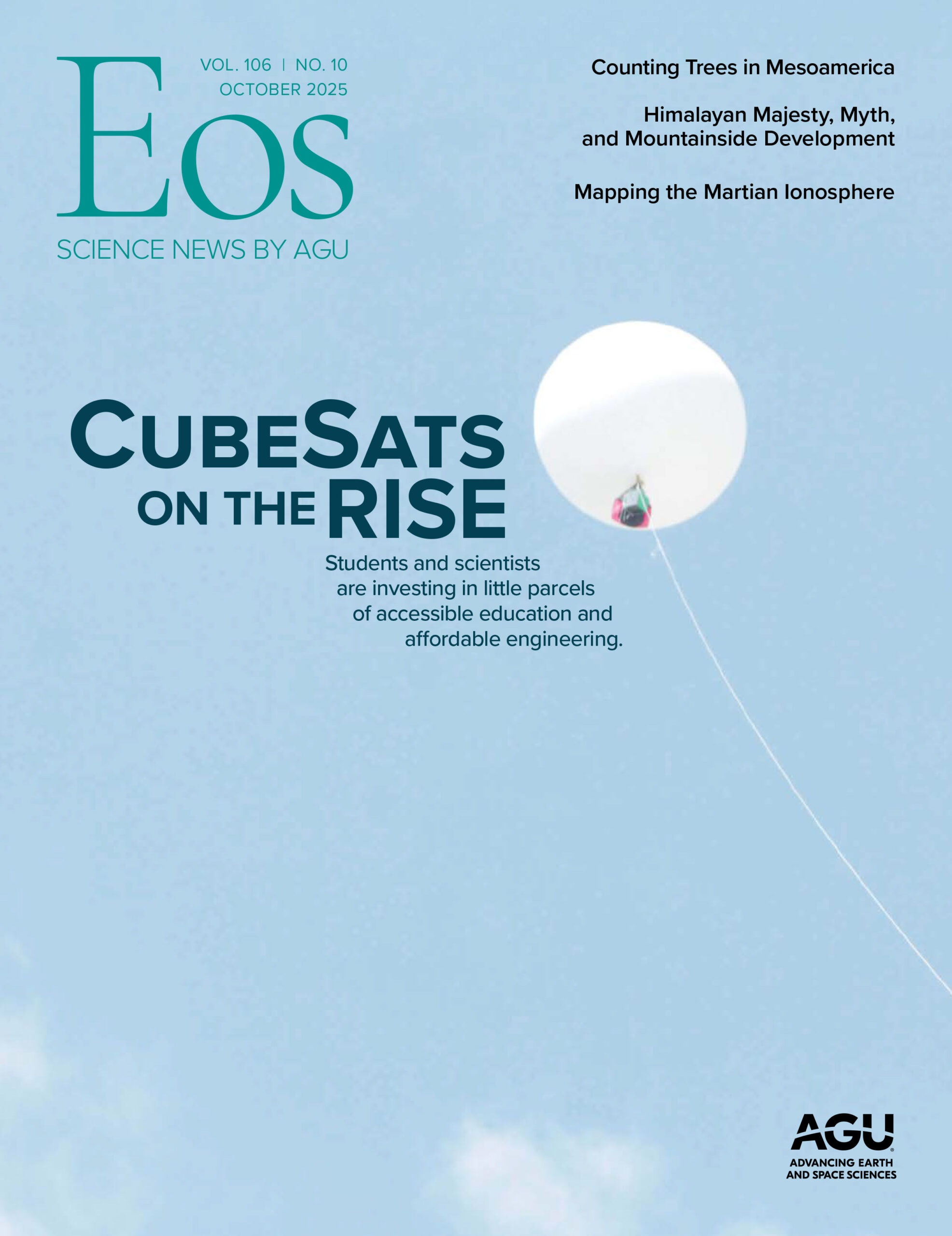CubeSats, those boxy satellites that float above Earth alone or in miniature constellations, are emerging as little engines (without engines) of accessible education and affordable engineering.
“The goal from the get-go” of CubeSat education programs “is to give students hands-on experience, not just in building…but in the full life cycle of a mission,” says space scientist Noé Lugaz in Kimberly Cartier’s forward-looking feature “Small Satellites, Big Futures.” Such programs have reached those goals with successfully launched missions designed by STEM students from Saudi Arabia to Seychelles. And international CubeSat projects (as well as readily available hardware and innovative engineering) have expanded career opportunities for budding space scientists from Africa to Southeast Asia.
Other goals of CubeSat programs include the pursuit of economic and ecological sustainability. Wooden satellites, like the ones profiled in Grace van Deelen’s “A New Satellite Material Comes Out of the Woodwork,” might just do the trick.
In more terrestrial matters, a scientist-authored opinion considers the implications of land management in the Himalayas in “Beyond Majesty and Myths: Facing the Realities of Mountainside Development.”
This month’s articles offer a good reflection of Earth and space scientists in these uncertain times: excavating down-to-earth opportunities, reaching for the stars. I think I can, I think I can…
—Caryl-Sue Micalizio, Editor-in-Chief


